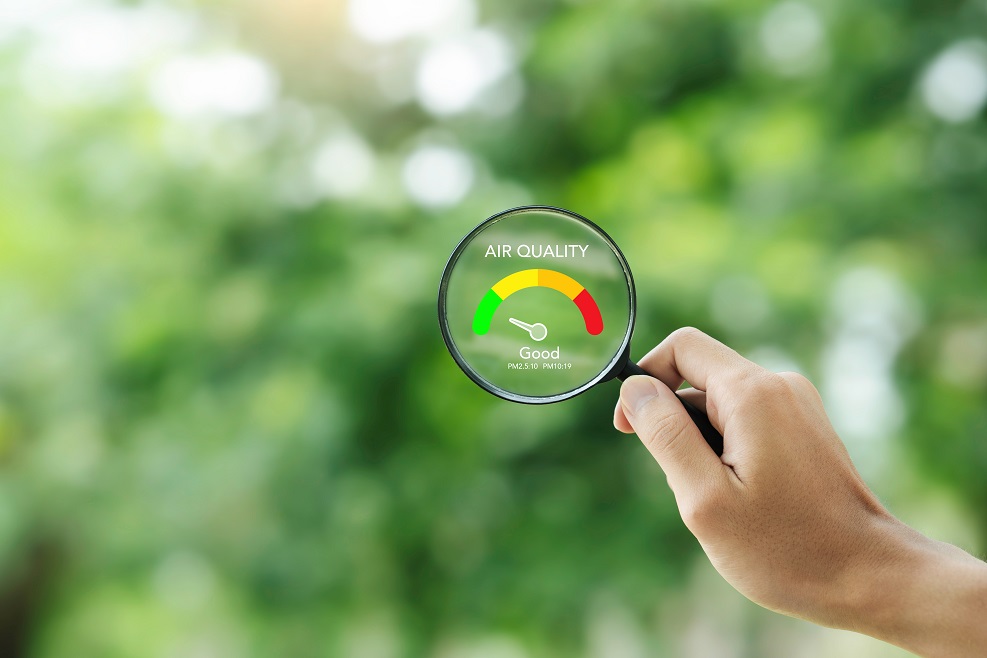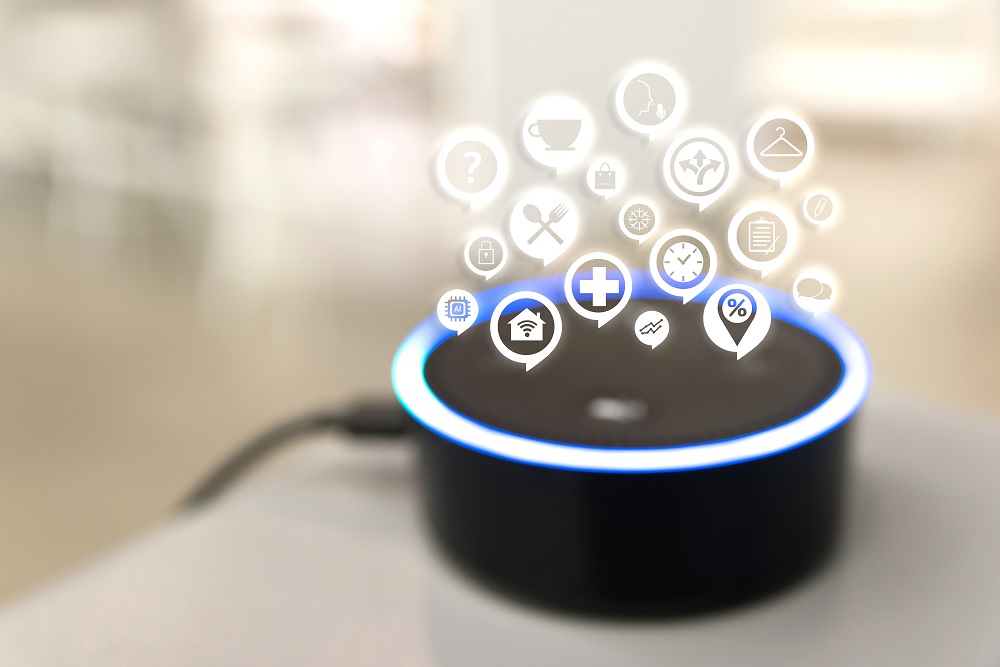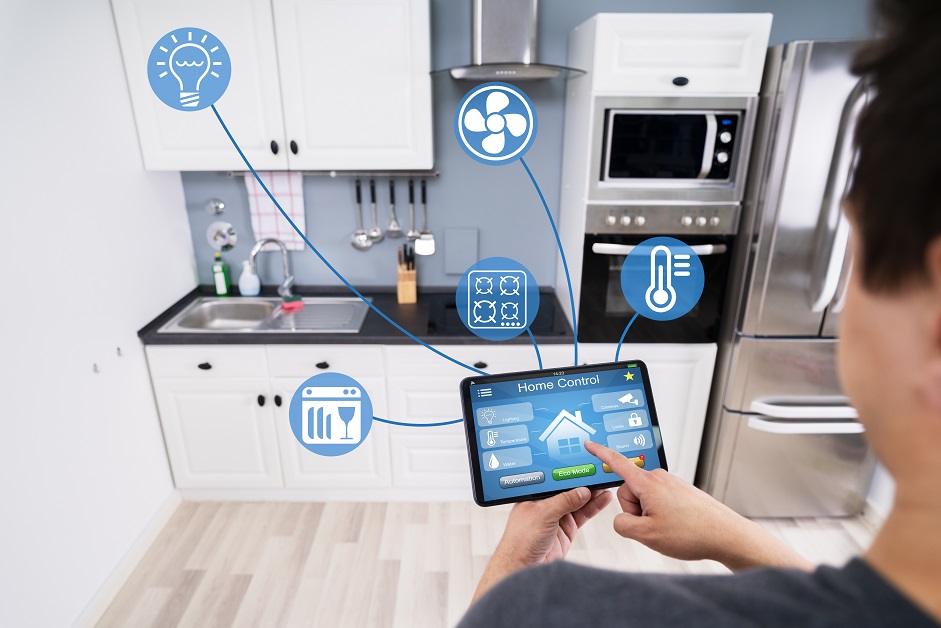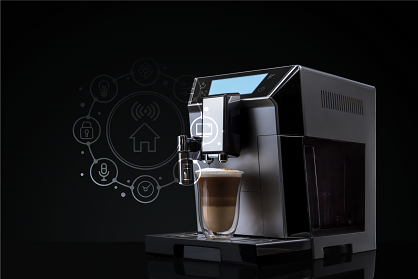Smart Air Quality Monitoring
1. Sensor Networks and MCU Technology
Modern air quality monitoring systems utilize extensive sensor networks that collect real-time data on various pollutants in the air, including PM2.5, PM10, sulfur dioxide (SO2), nitrogen oxides (NOx), and more. These sensors are often coupled with microcontrollers (MCUs), which are responsible for data acquisition, processing, and transmission. MCUs offer low power consumption and high efficiency, enabling optimized system performance while minimizing energy usage.
2. Implementation of AI Algorithms and TinyML
AI algorithms play a crucial role in air quality monitoring. Data collected by sensors can be analyzed using machine learning and deep learning algorithms, enabling accurate air quality predictions and alerts. This is where Tiny Machine Learning (TinyML) comes into play. TinyML is a form of machine learning specifically designed for low-power embedded devices. It allows for on-device data analysis and decision-making on MCUs without the need for extensive computational resources.
3. Real-Time Alerts and Decision Support
The combination of MCUs and TinyML-powered AI enables real-time air quality alerts. When monitoring data indicates that pollution levels exceed thresholds, the system can trigger immediate alerts to safeguard public health. These technologies also provide decision support, such as recommending actions for governments to take to improve air quality and mitigate pollution sources.
4. Urban Planning and Policy Making
AI applications in air quality monitoring further contribute to urban planning and policy-making. Through long-term data collection and analysis, governments can gain insights into air quality trends, formulate more effective environmental policies, and optimize urban development plans.
| Applicable development board | |
|---|---|
|
NuMaker-HMI-M467 NuMaker-IoT-M467 |
Smart Home Air Quality Monitoring System Install air quality sensors in the home environment to monitor indicators such as PM2.5, PM10, carbon monoxide, nitrogen dioxide, and volatile organic compounds (VOCs). |
|
NuMaker-M55M1 |
1. Anomaly Detection: |






